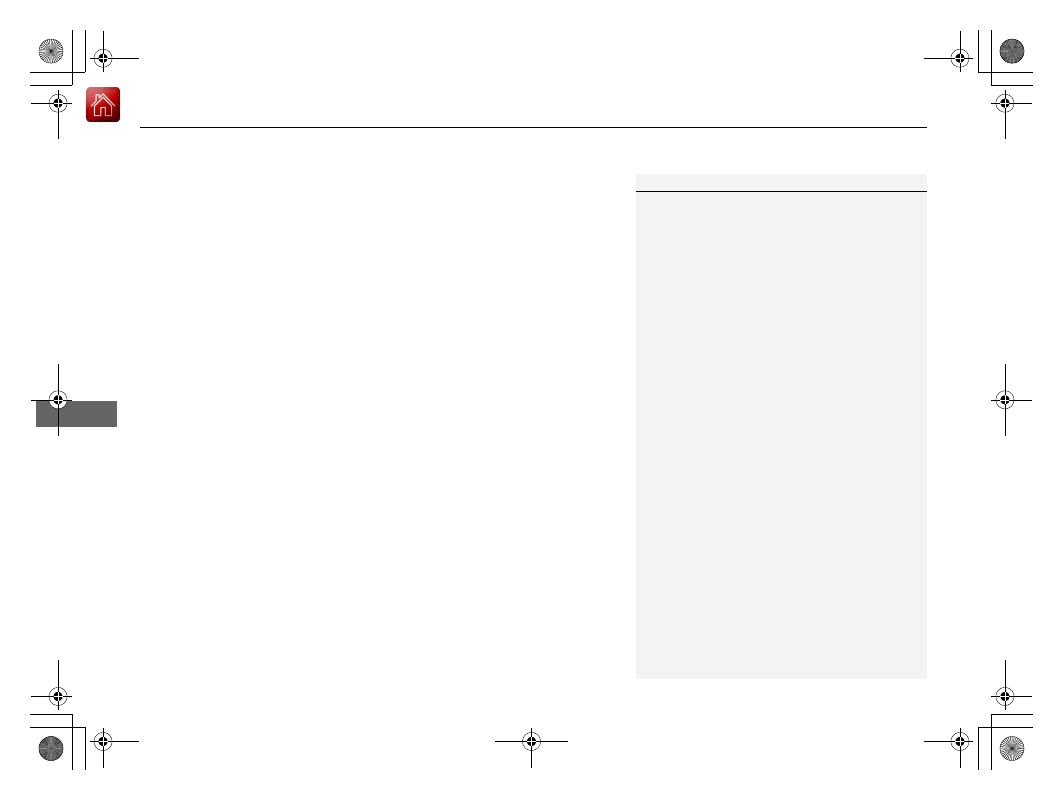Honda Clarity Plug-in Hybrid (2018 year). Instruction - part 29

uu
Parking Your Vehicle
u
When Stopped
448
Driving
Always confirm the electric parking brake is set, in particular if you are parked on an
incline.
1
When facing uphill, do not hold the vehicle by
depressing the accelerator pedal.
Doing so may cause the power system to overheat
and fail.
In extremely cold temperatures, the parking brake
may freeze up if applied. If such temperatures are
expected, do not apply the parking brake but, if
parking on a slope, either turn the front wheels so
they will contact the curb if the vehicle rolls down the
slope or block the wheels to keep the vehicle from
moving. If you do not take either precaution, the
vehicle may roll unexpectedly, leading to a crash.